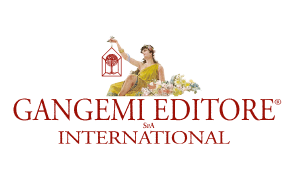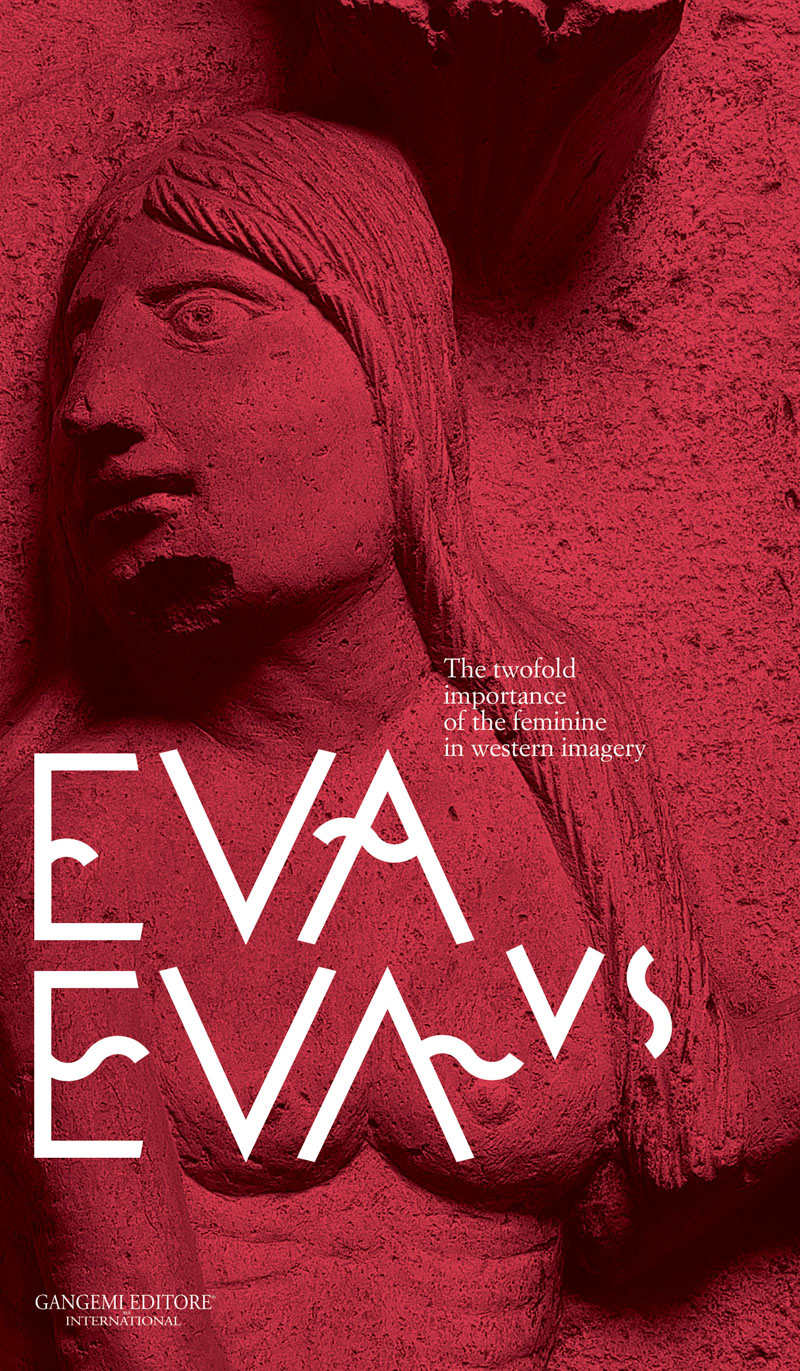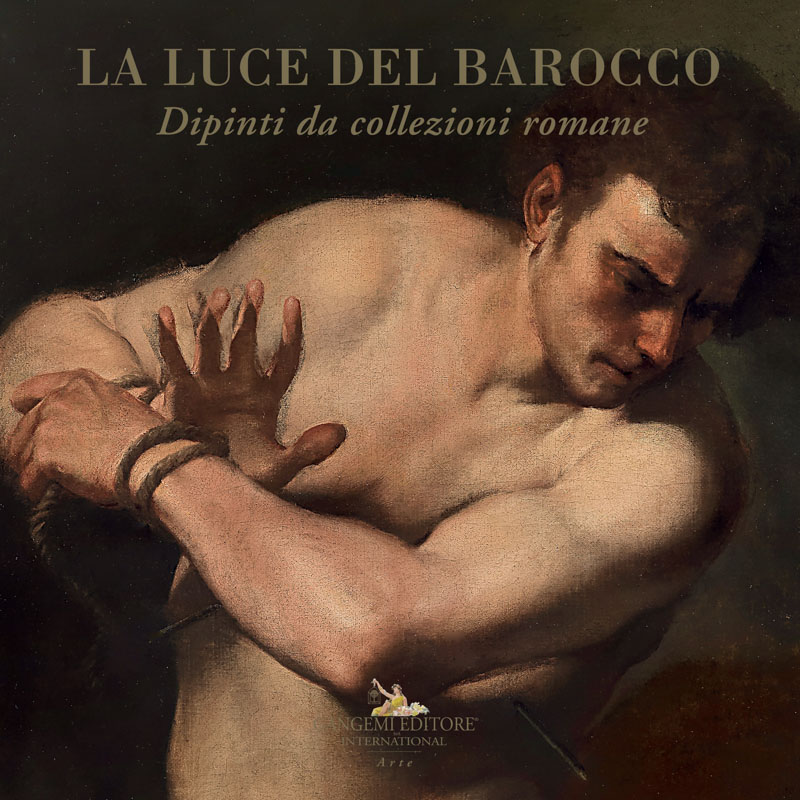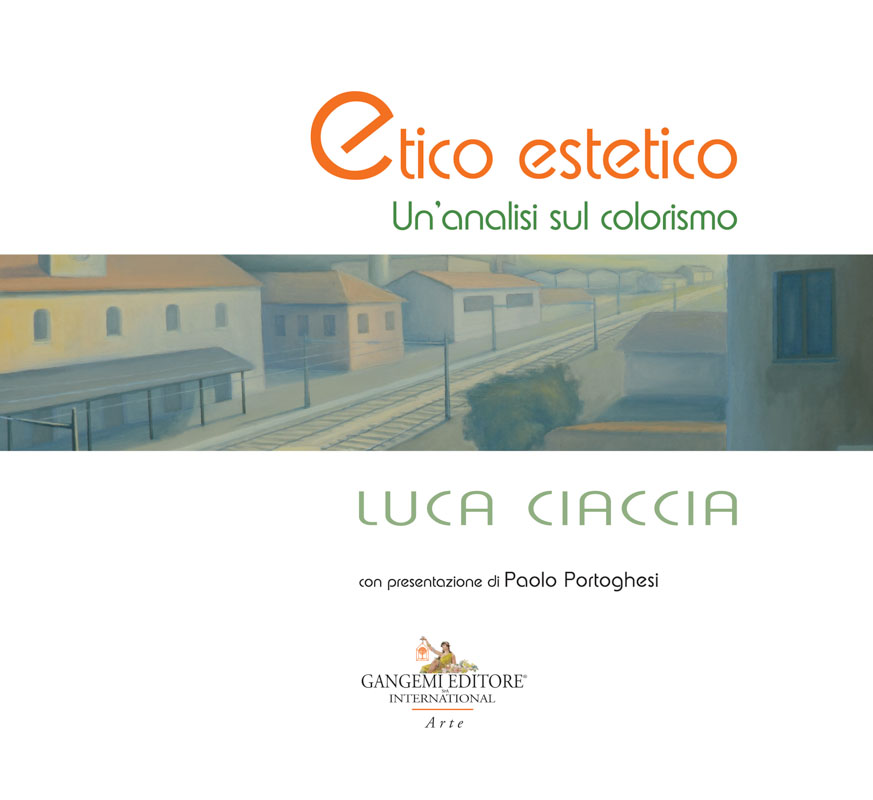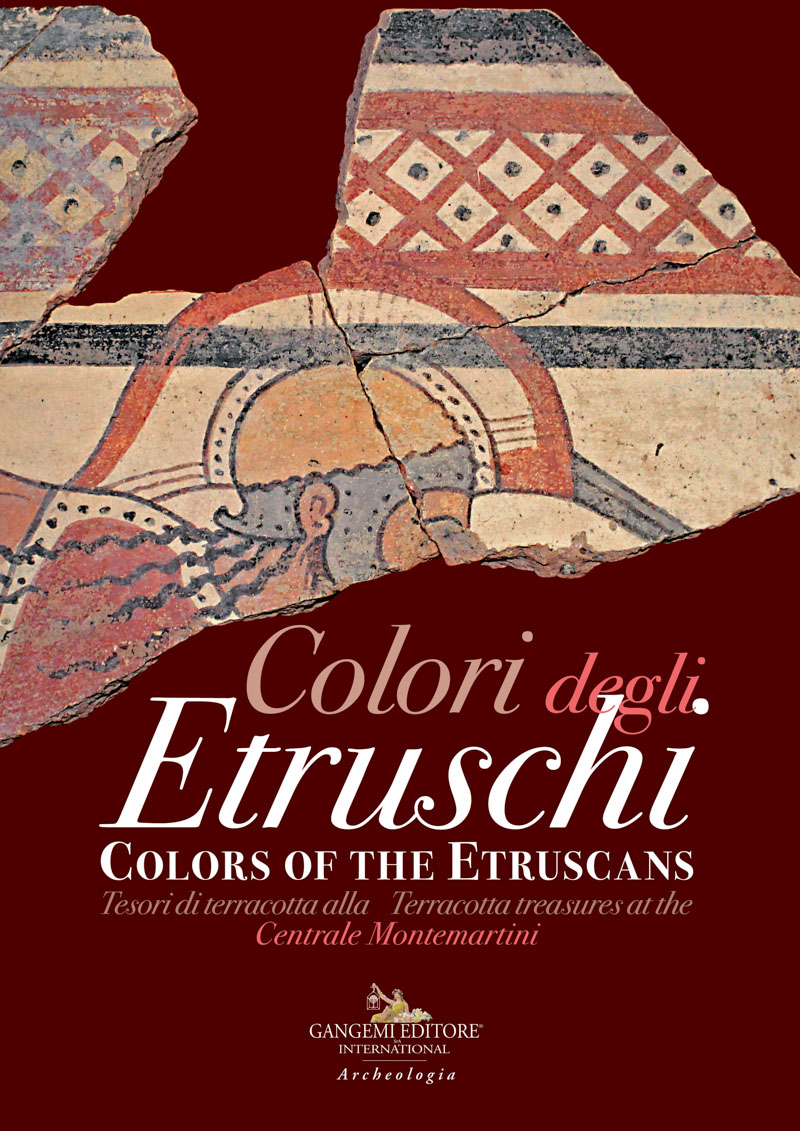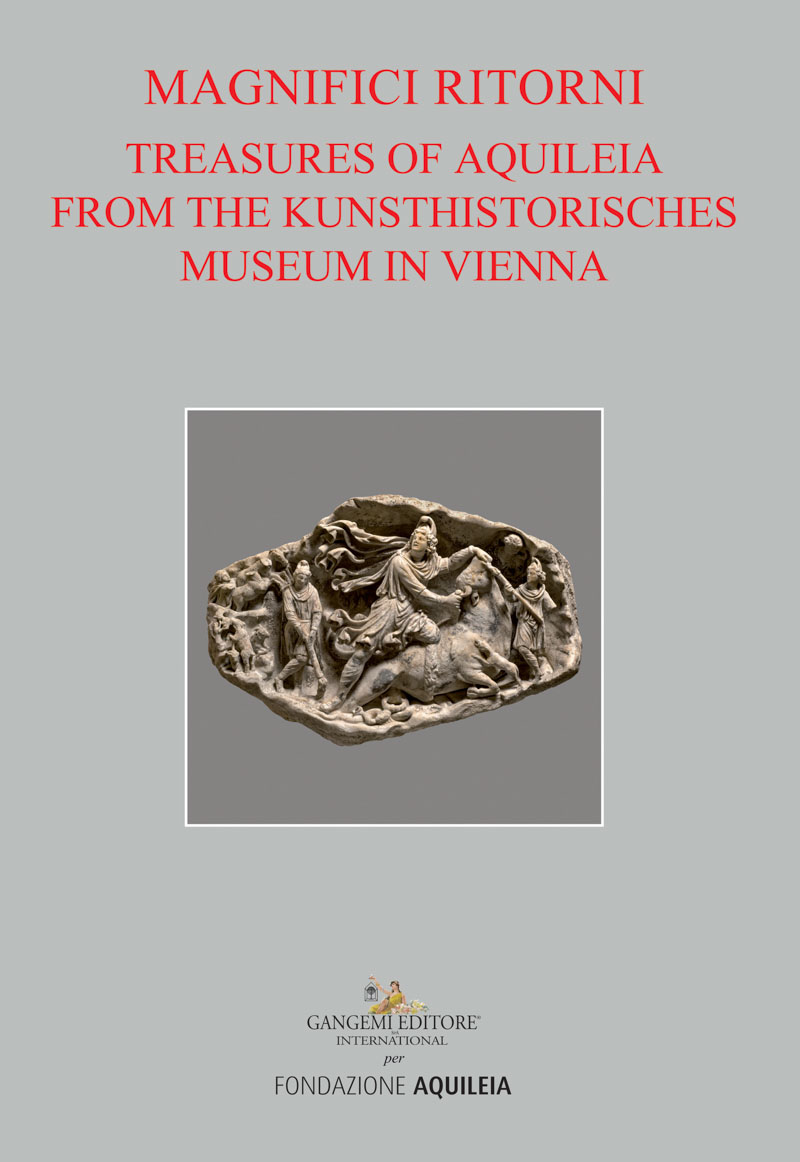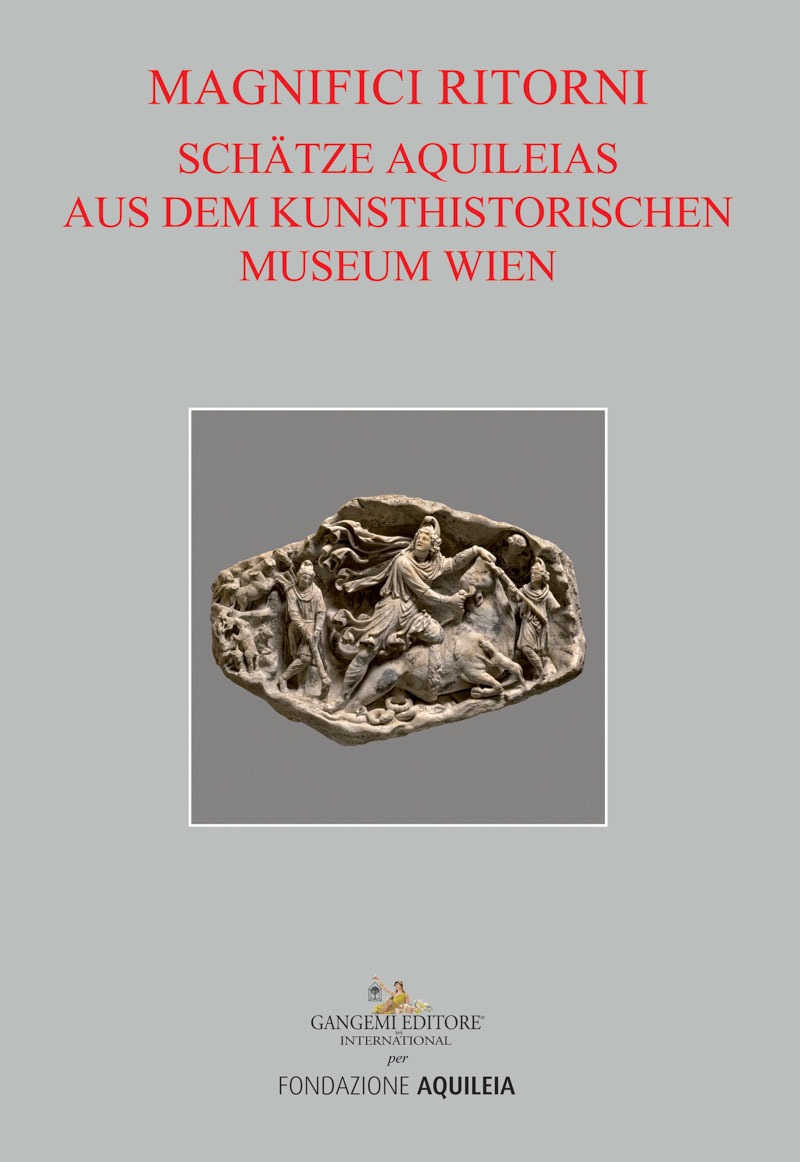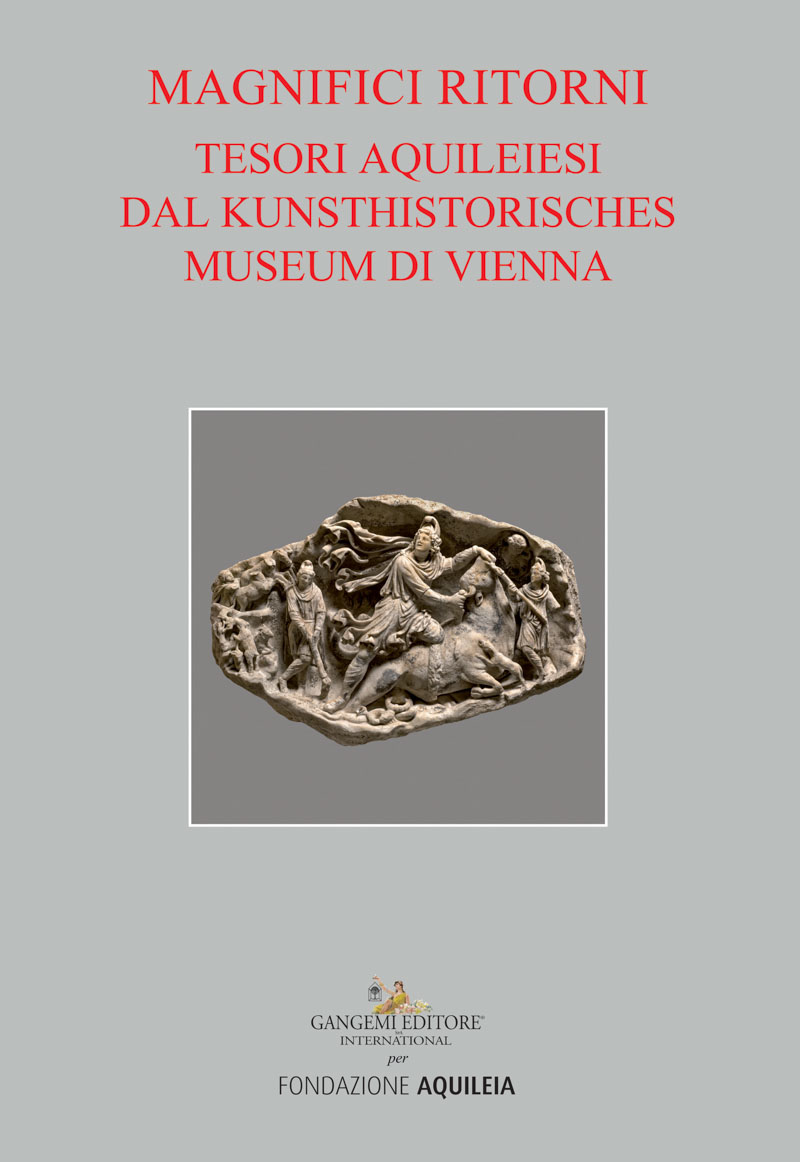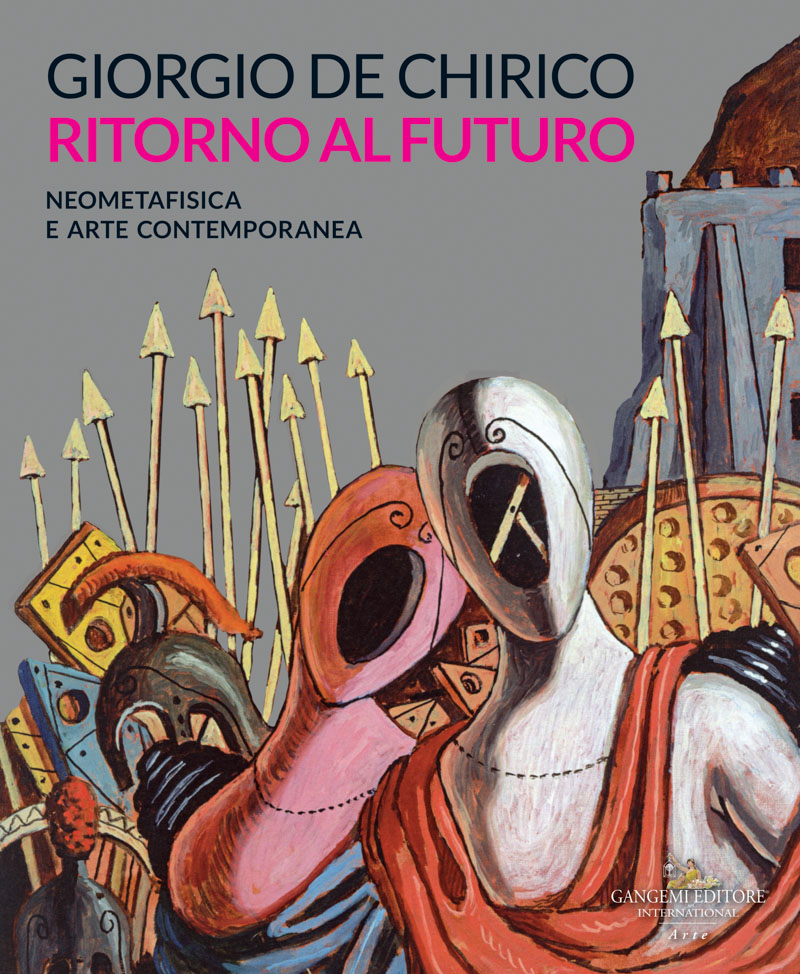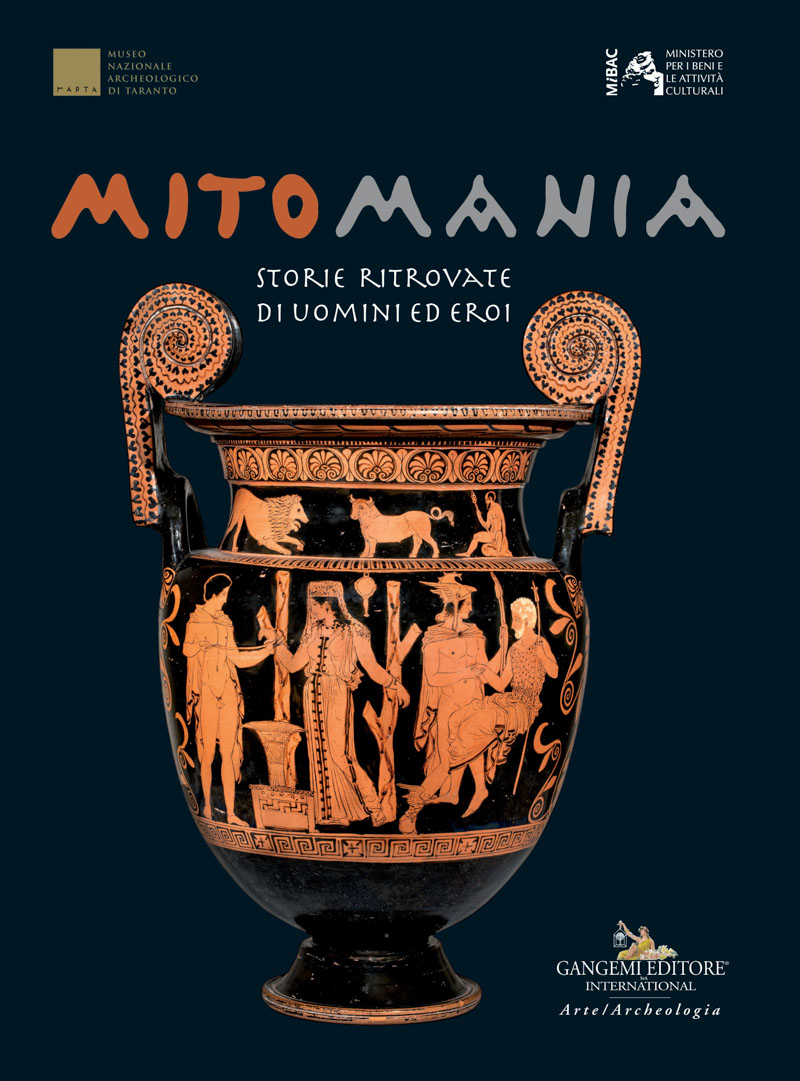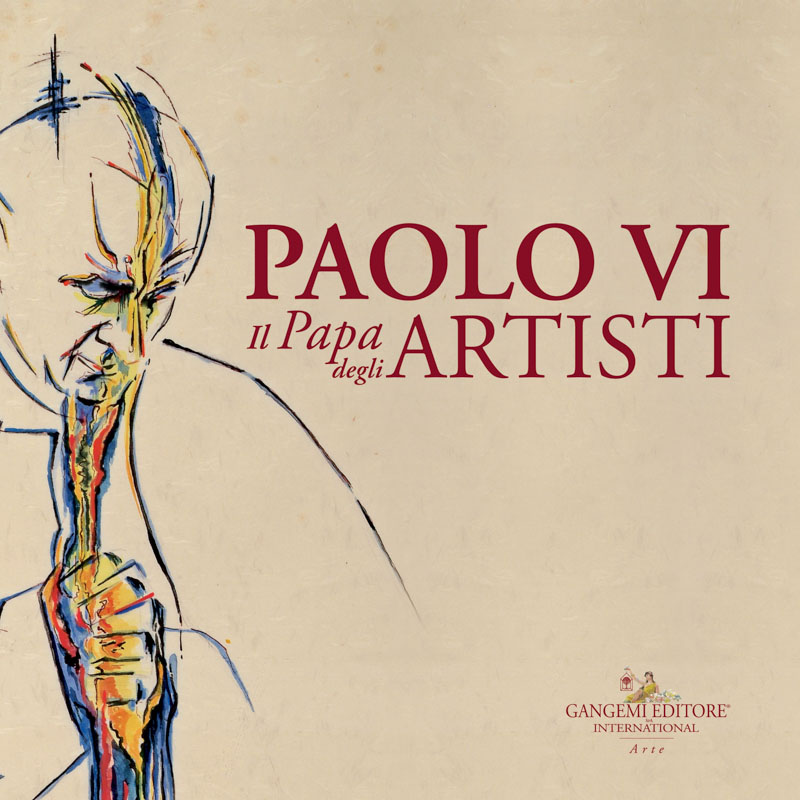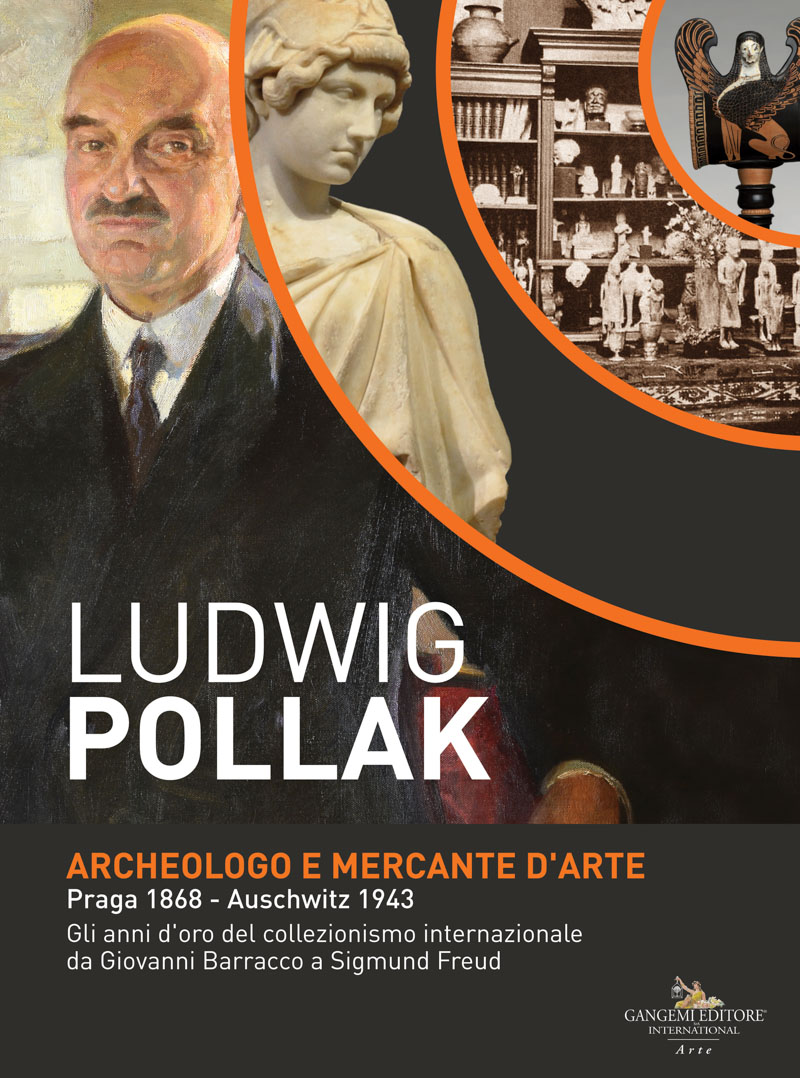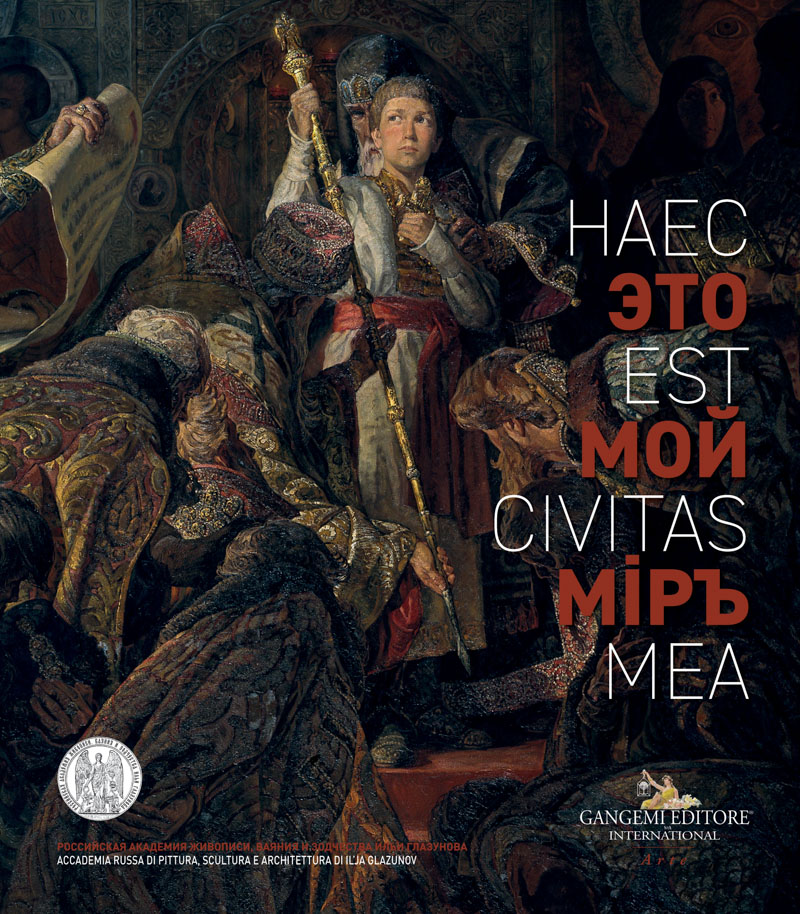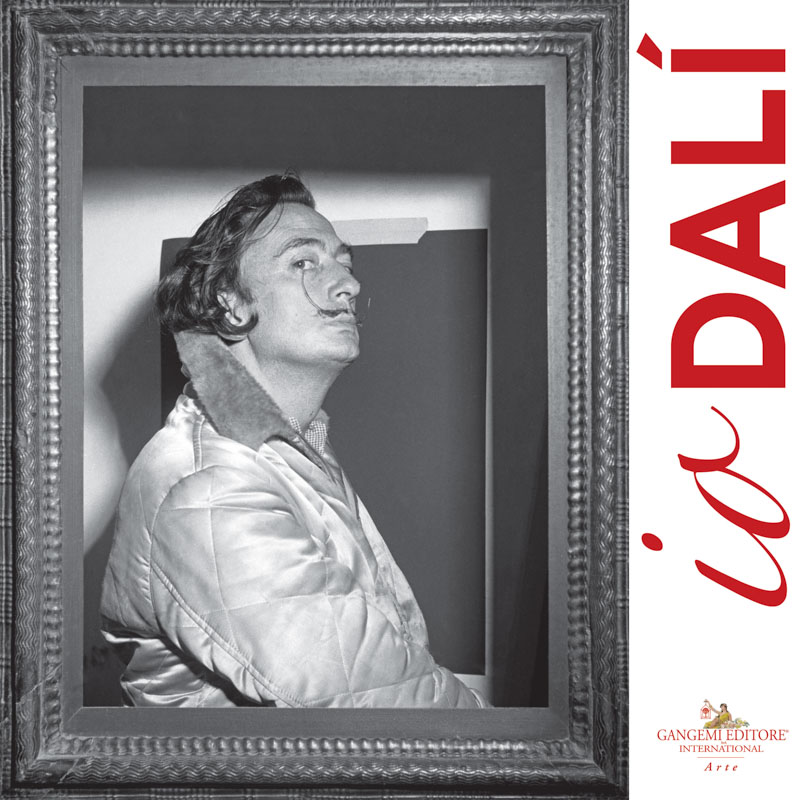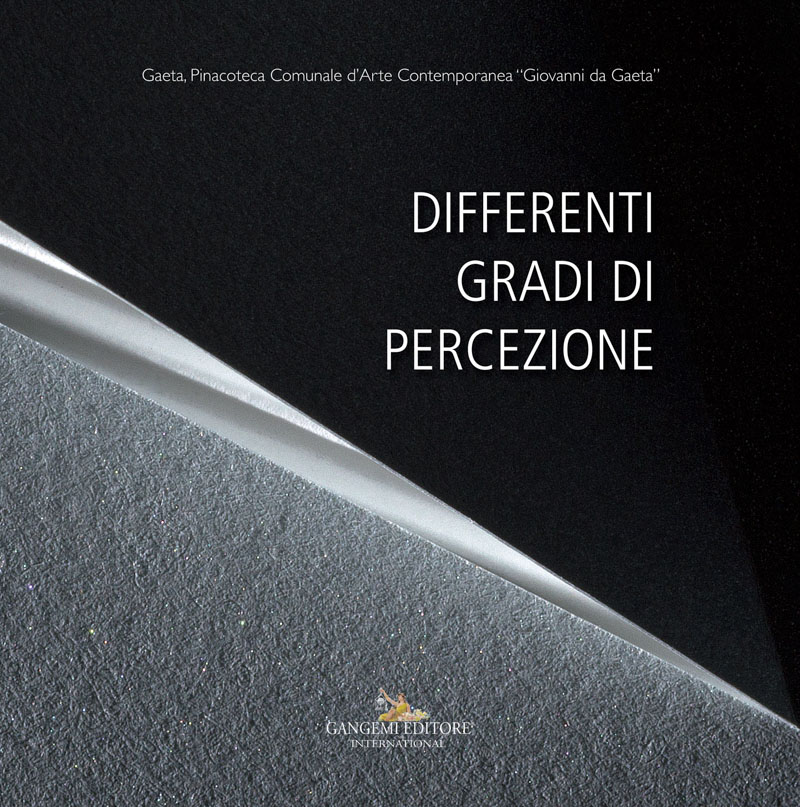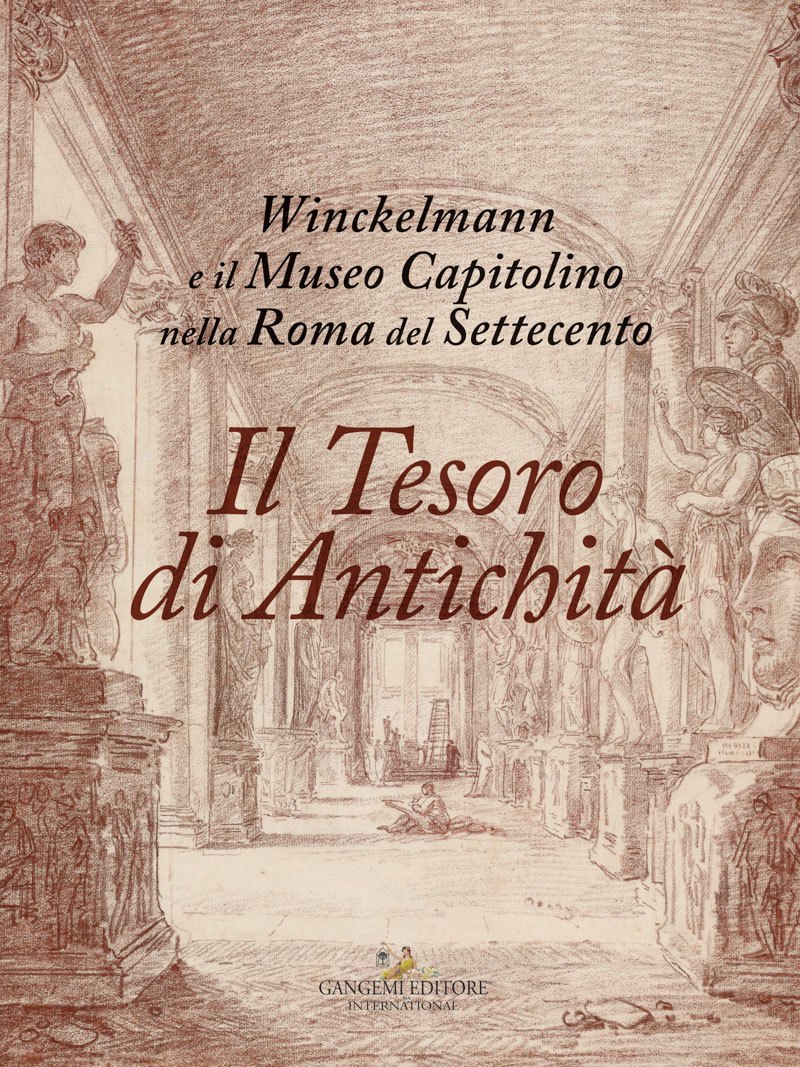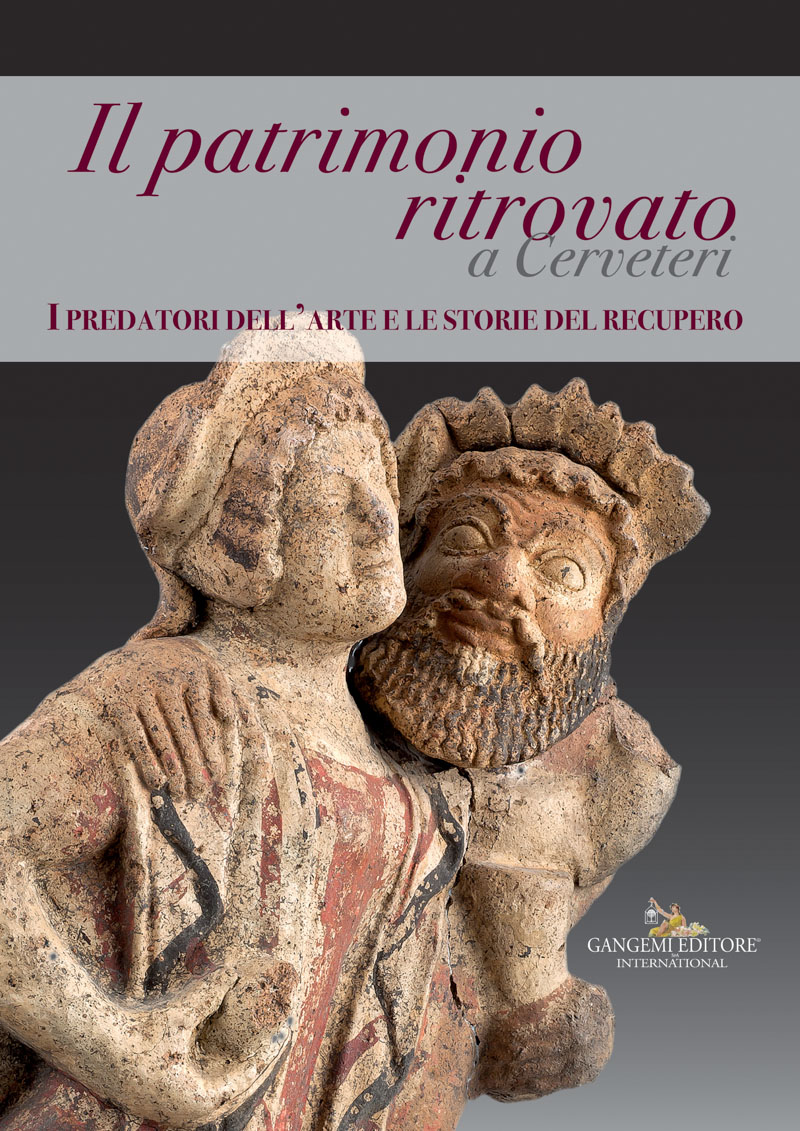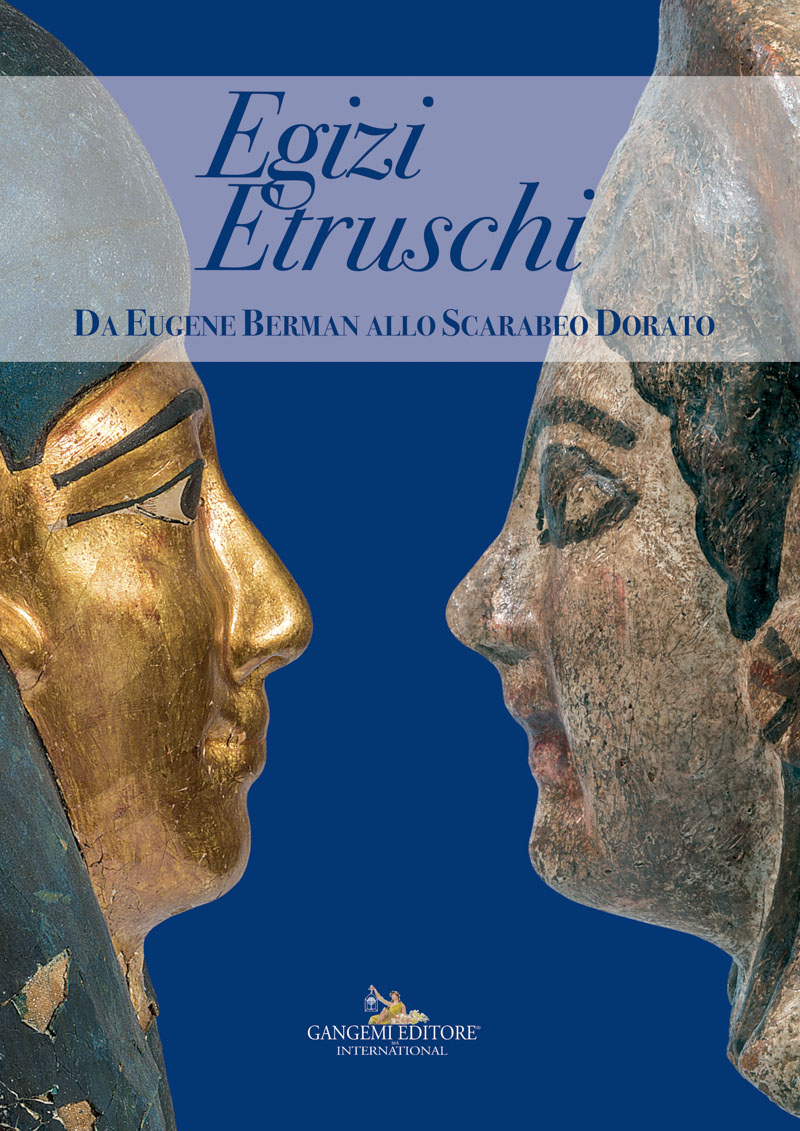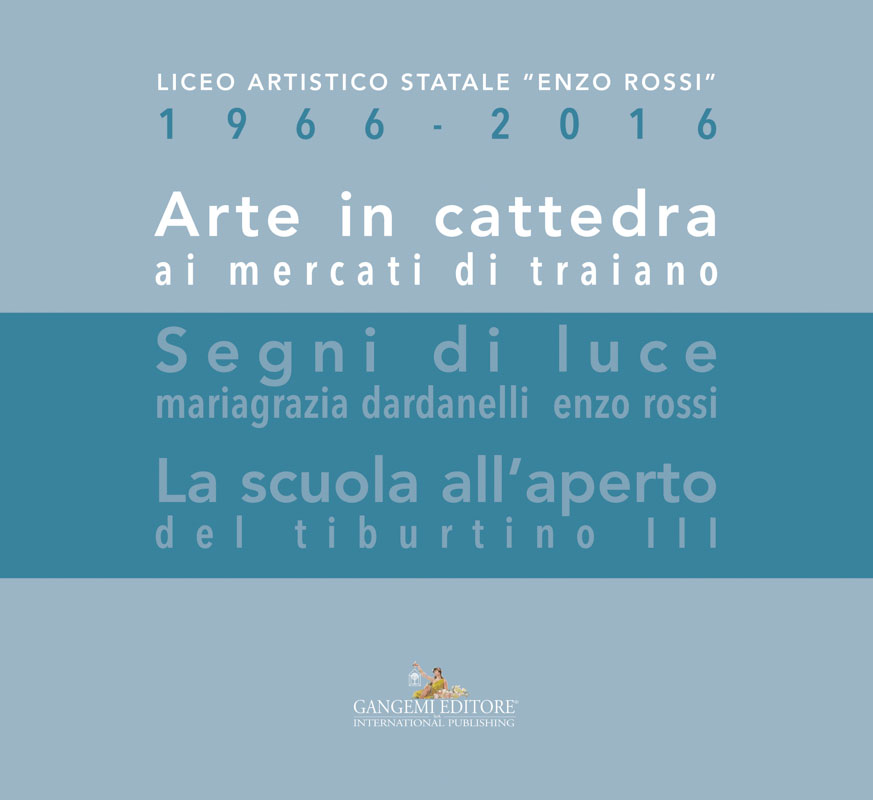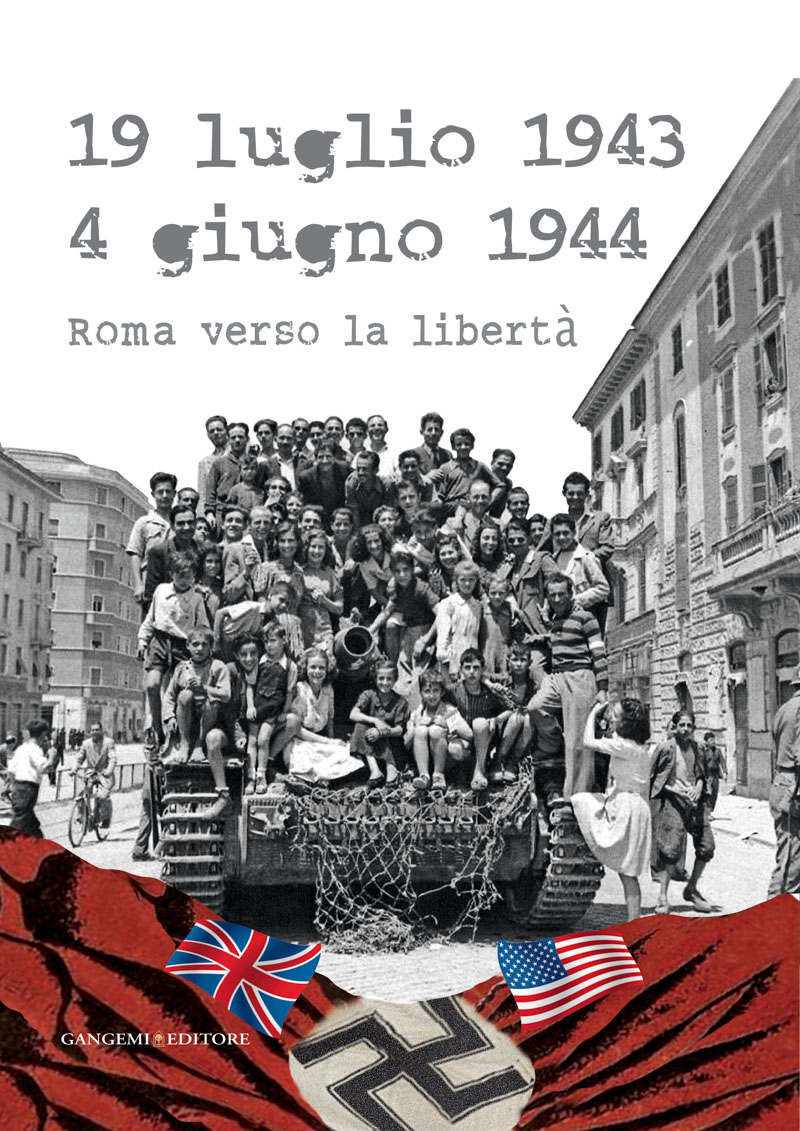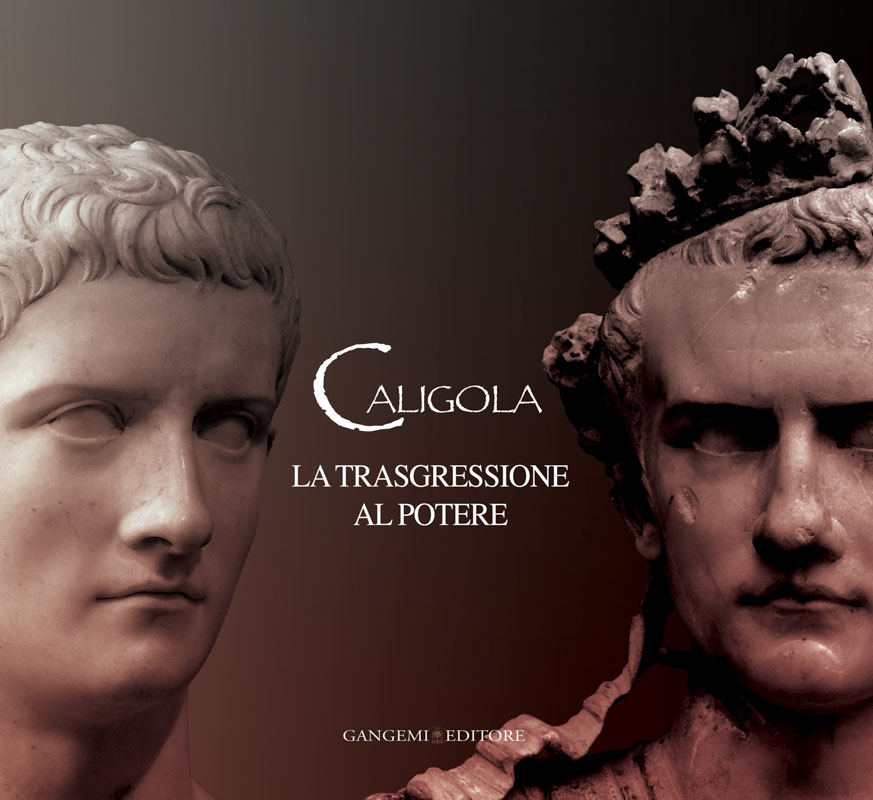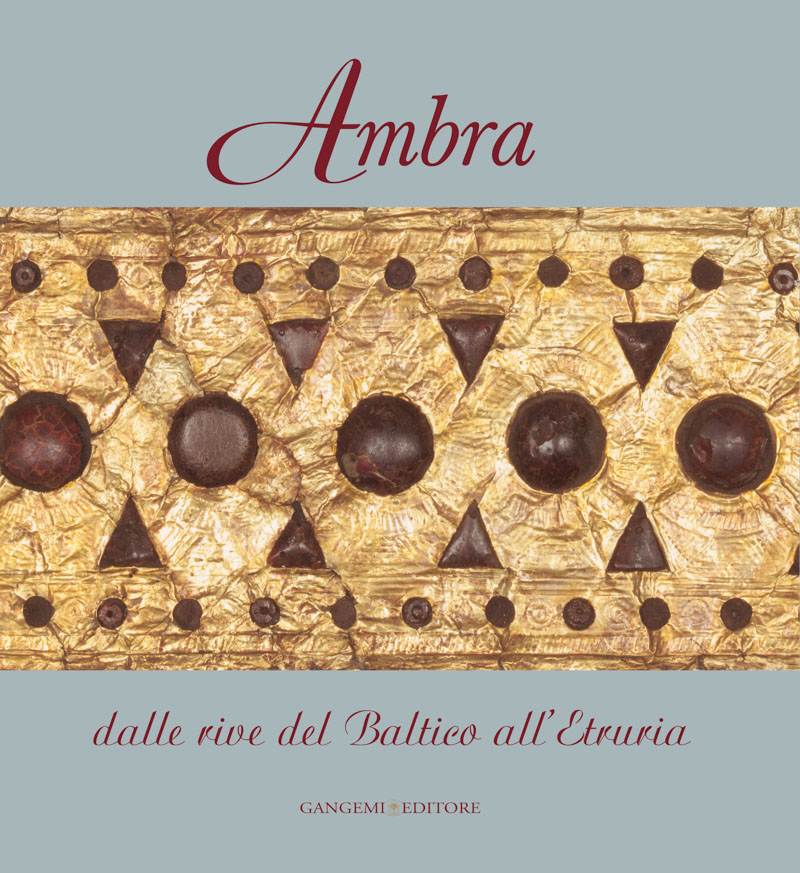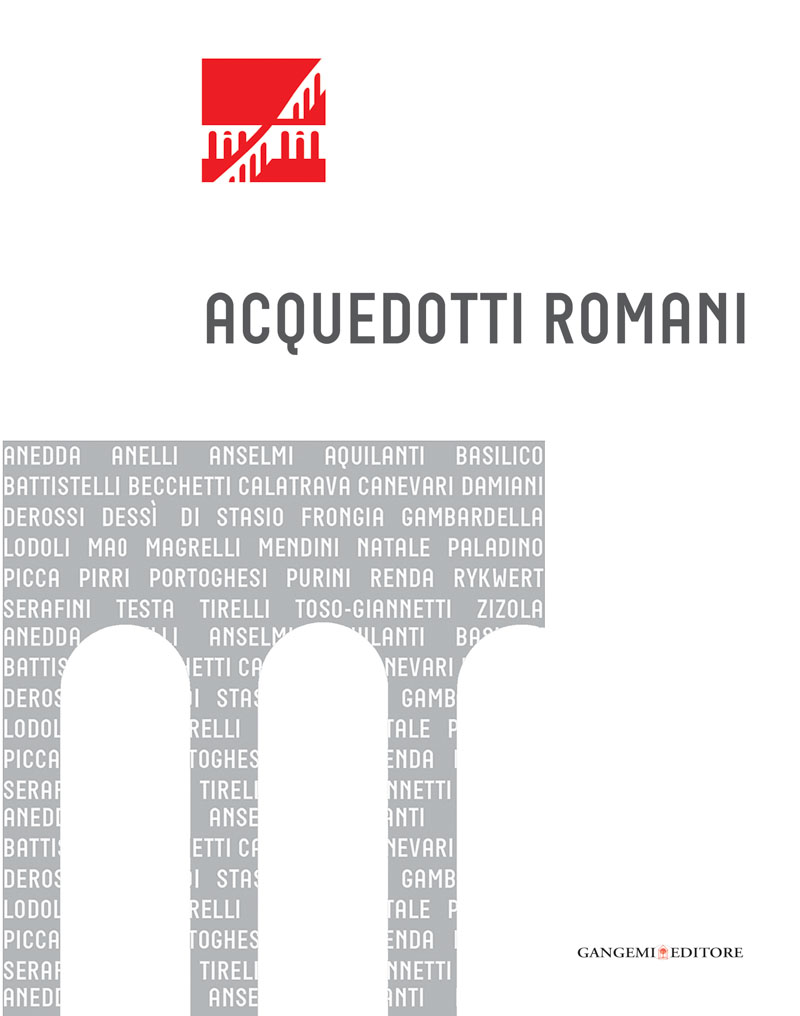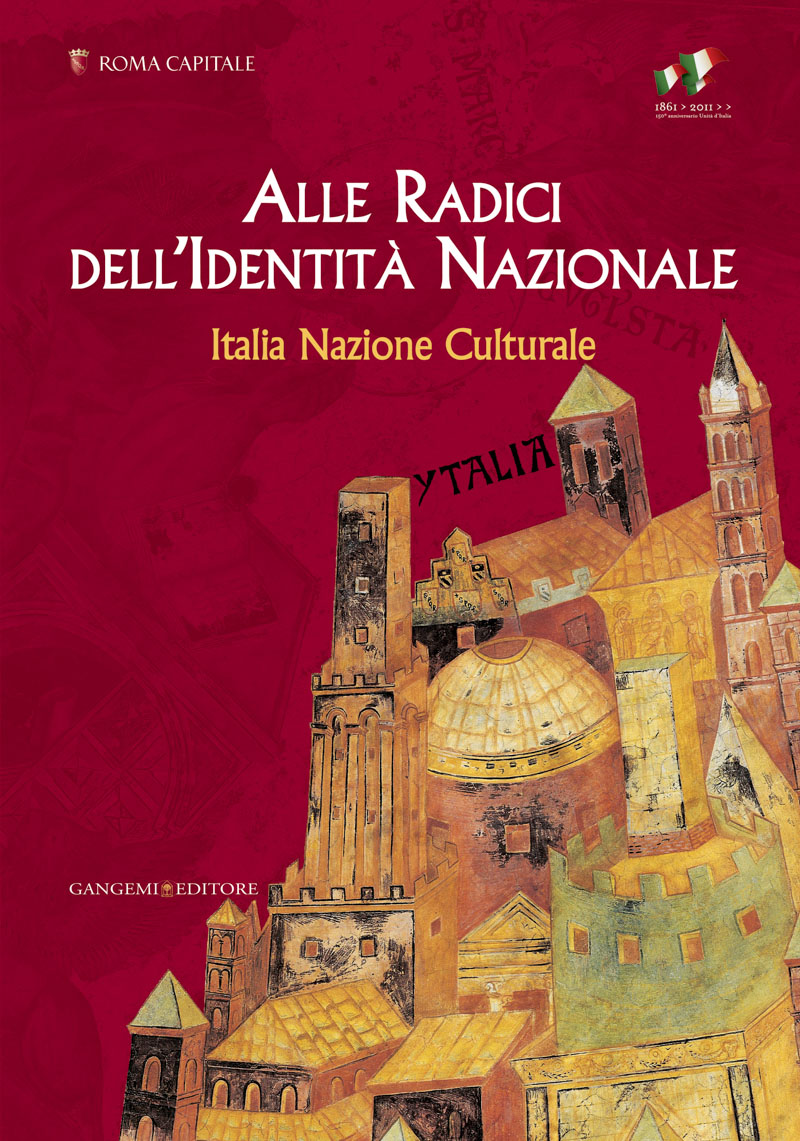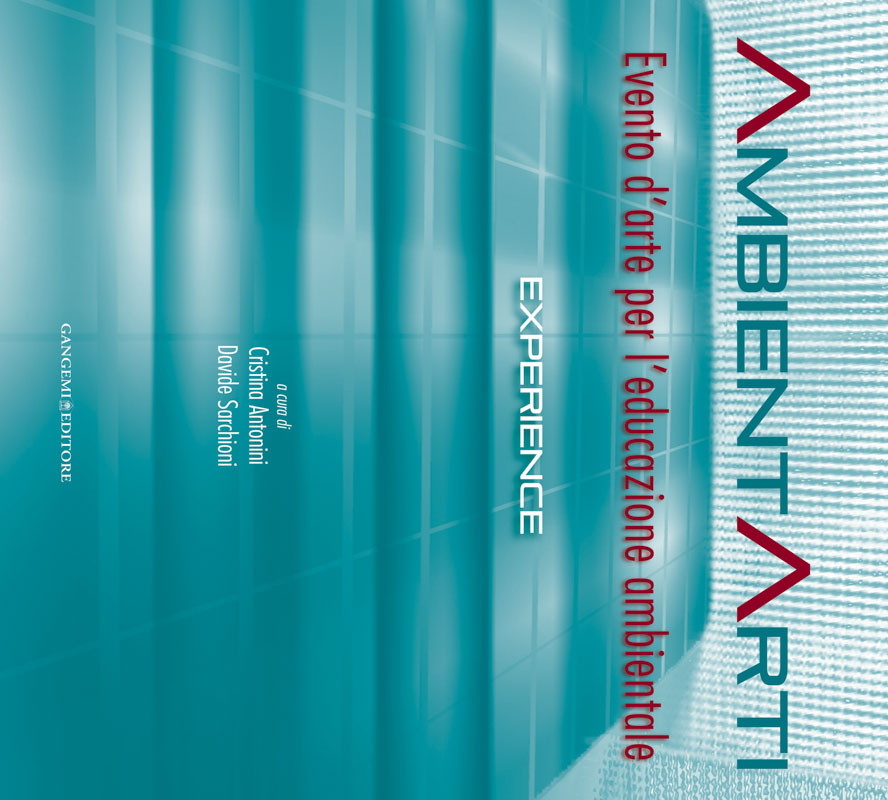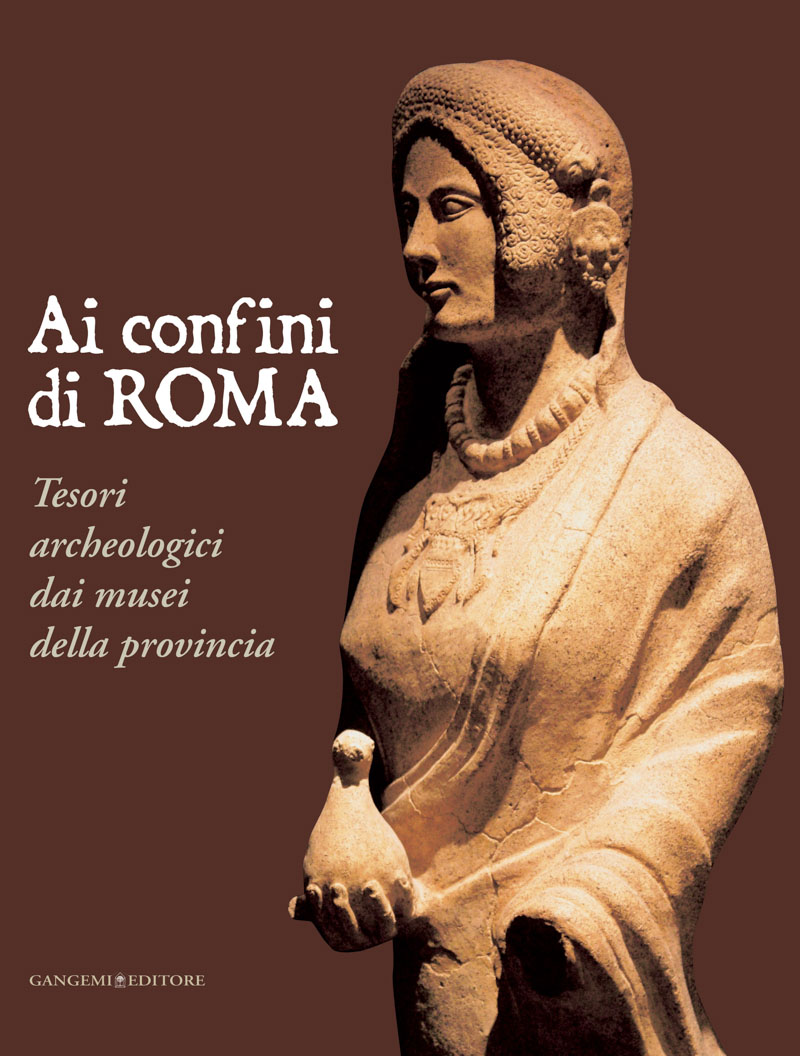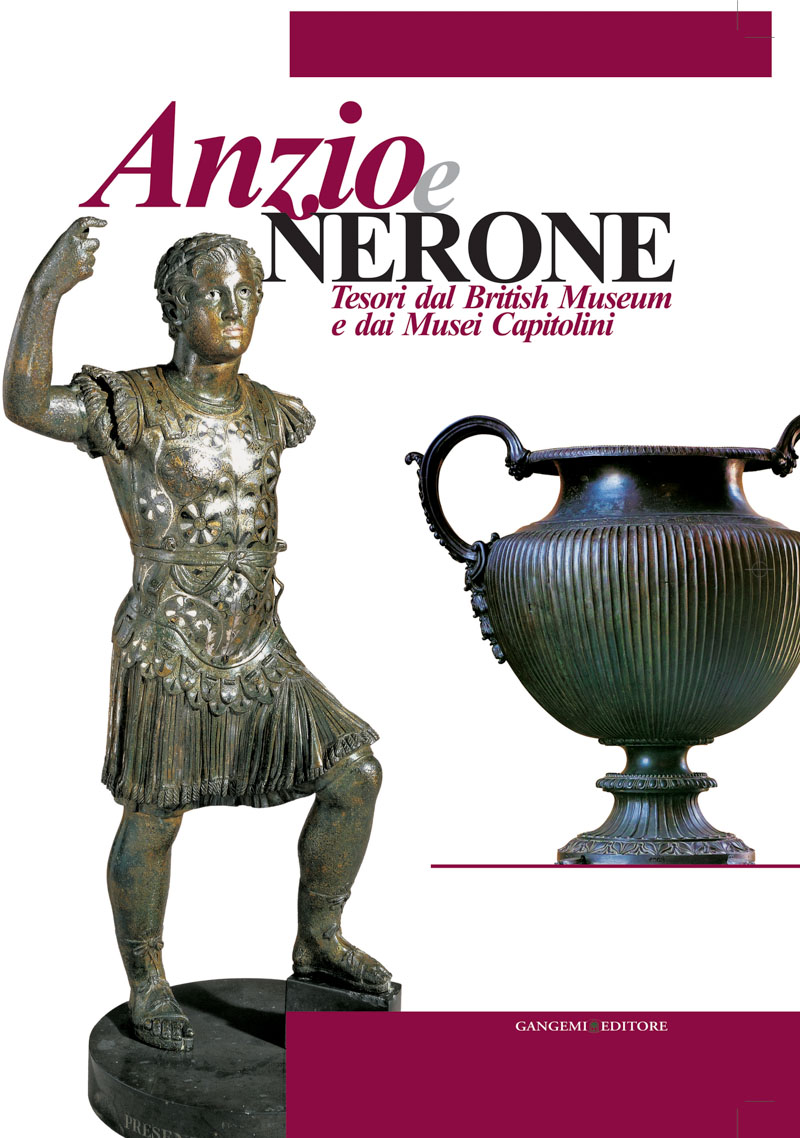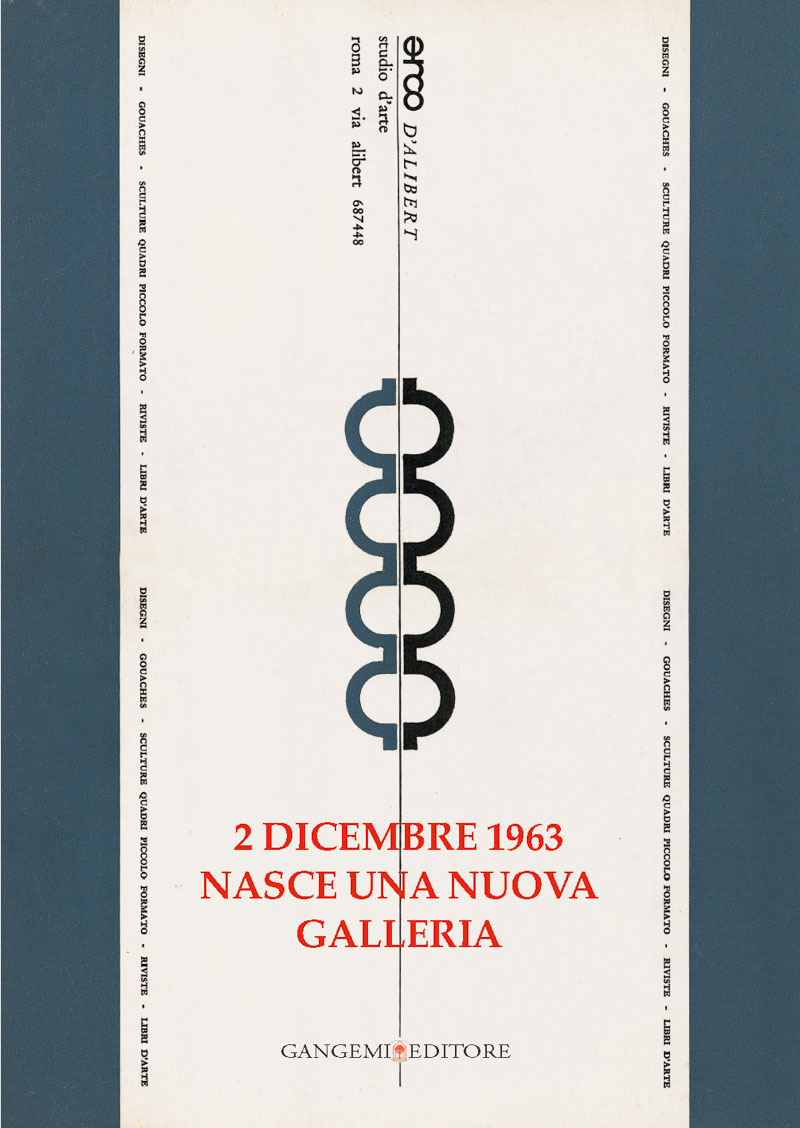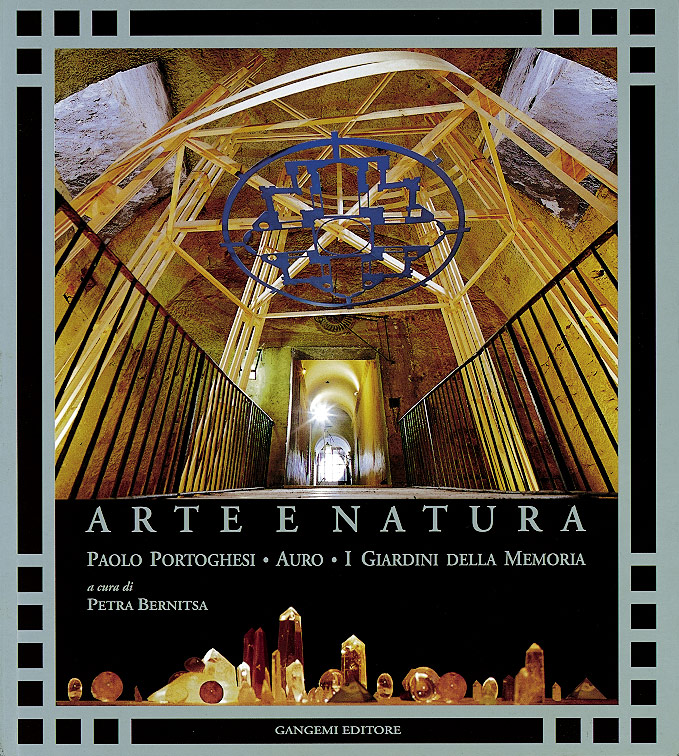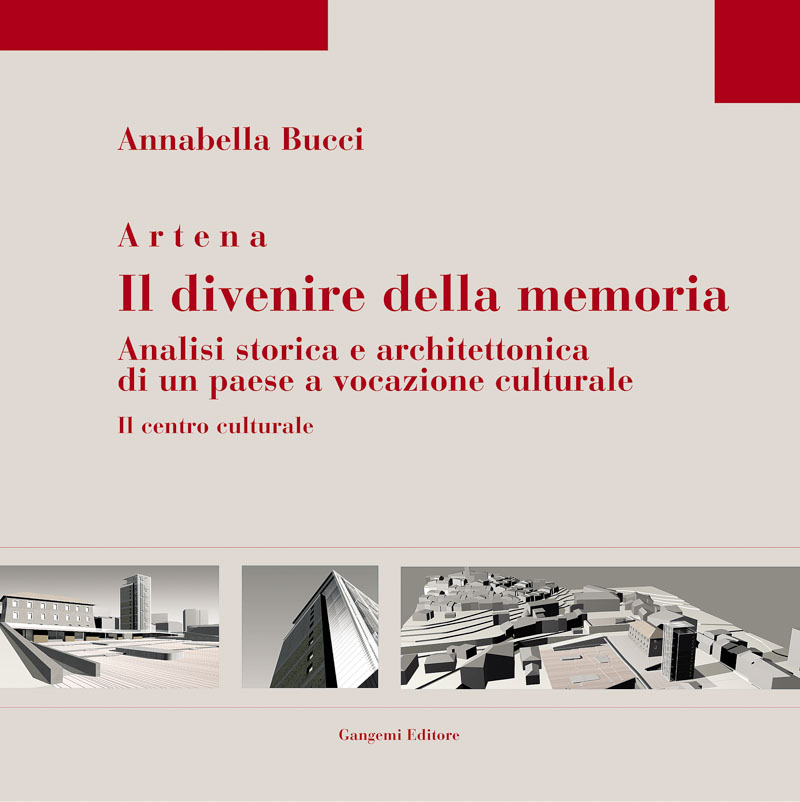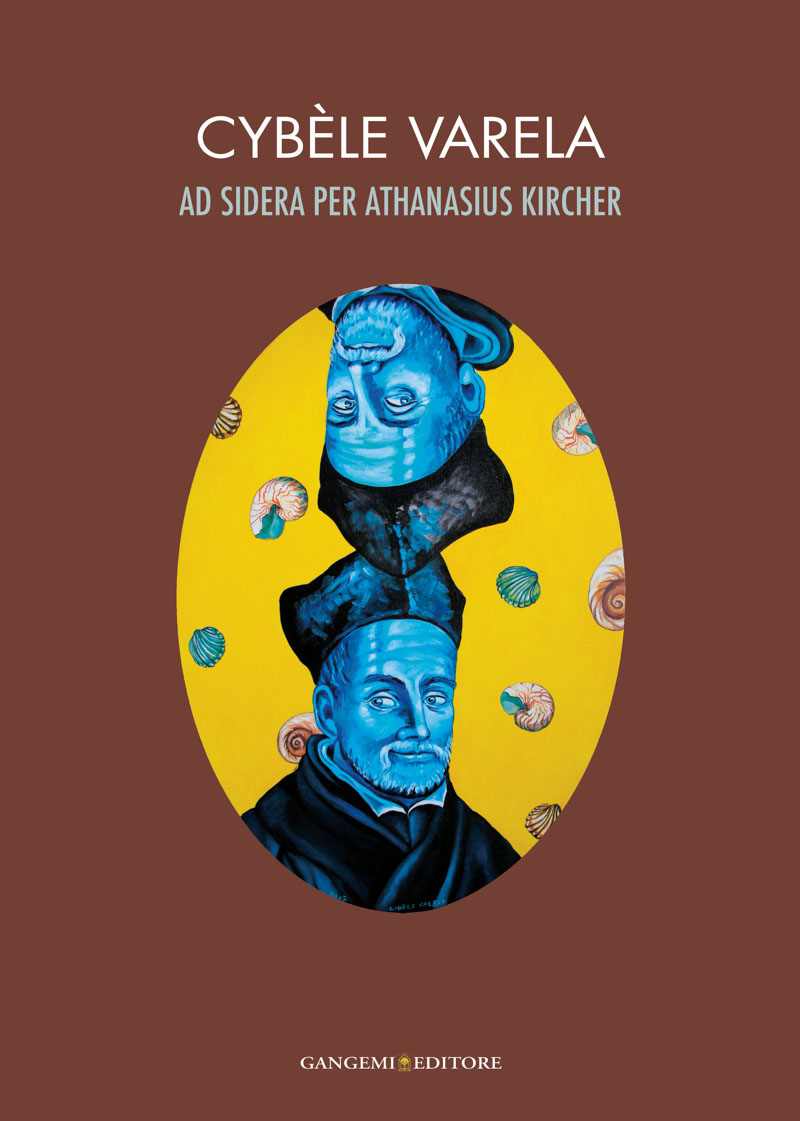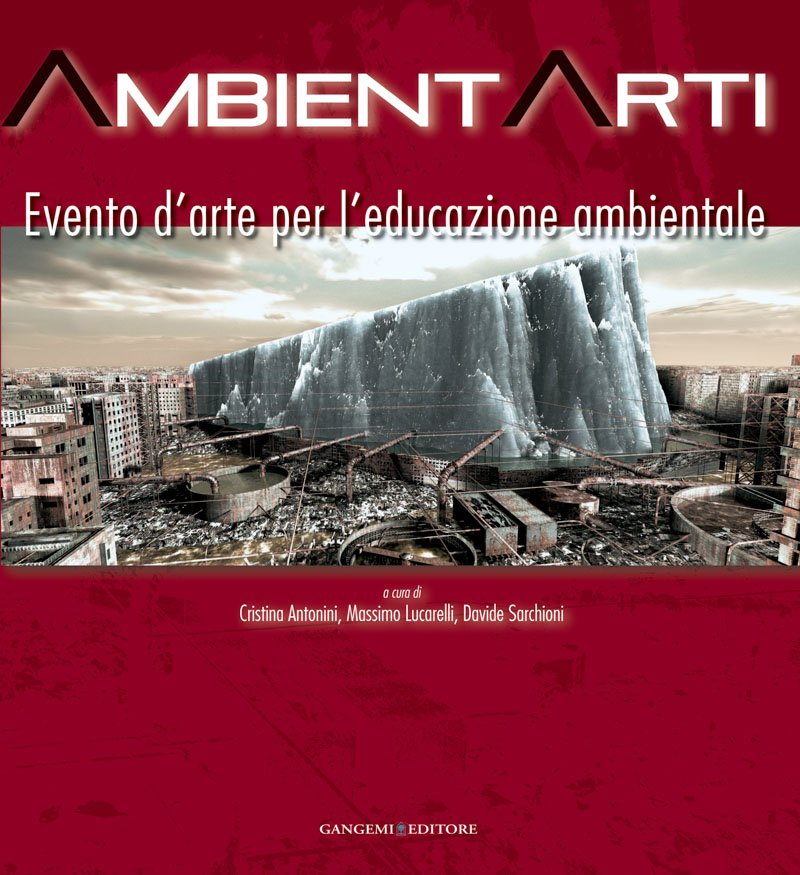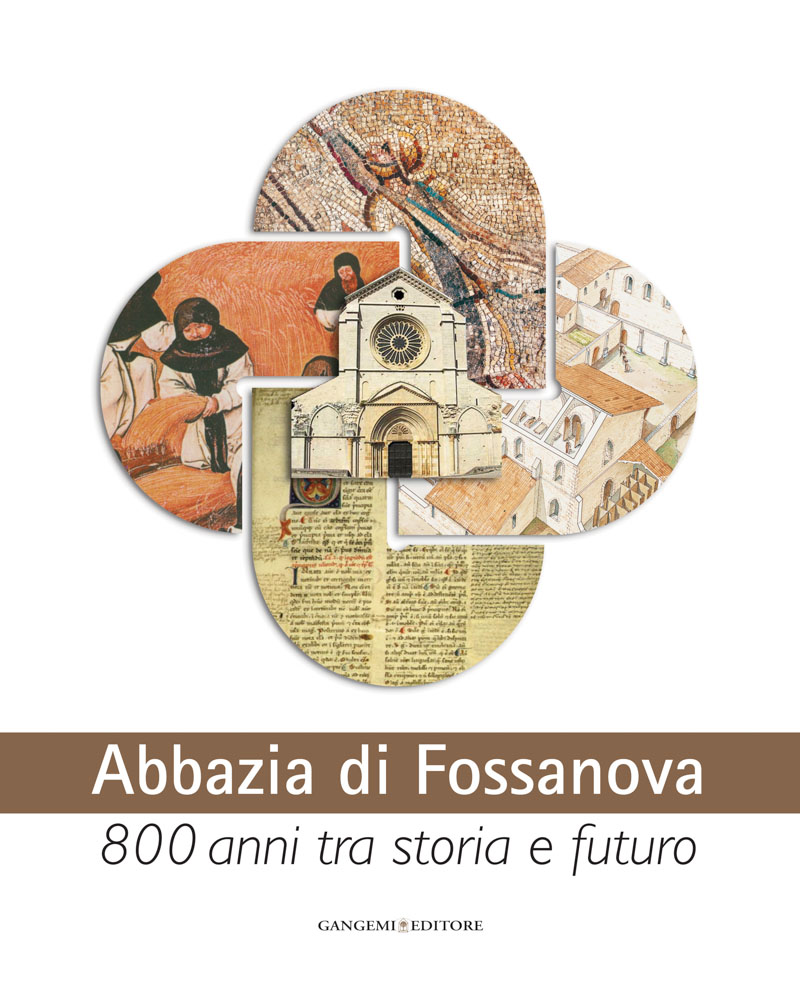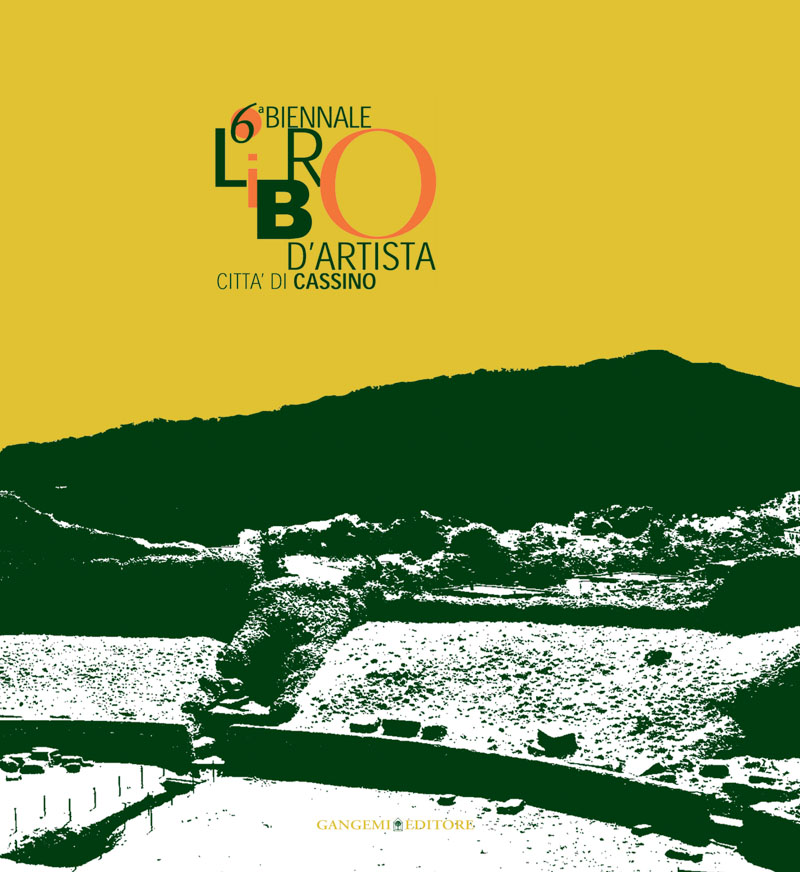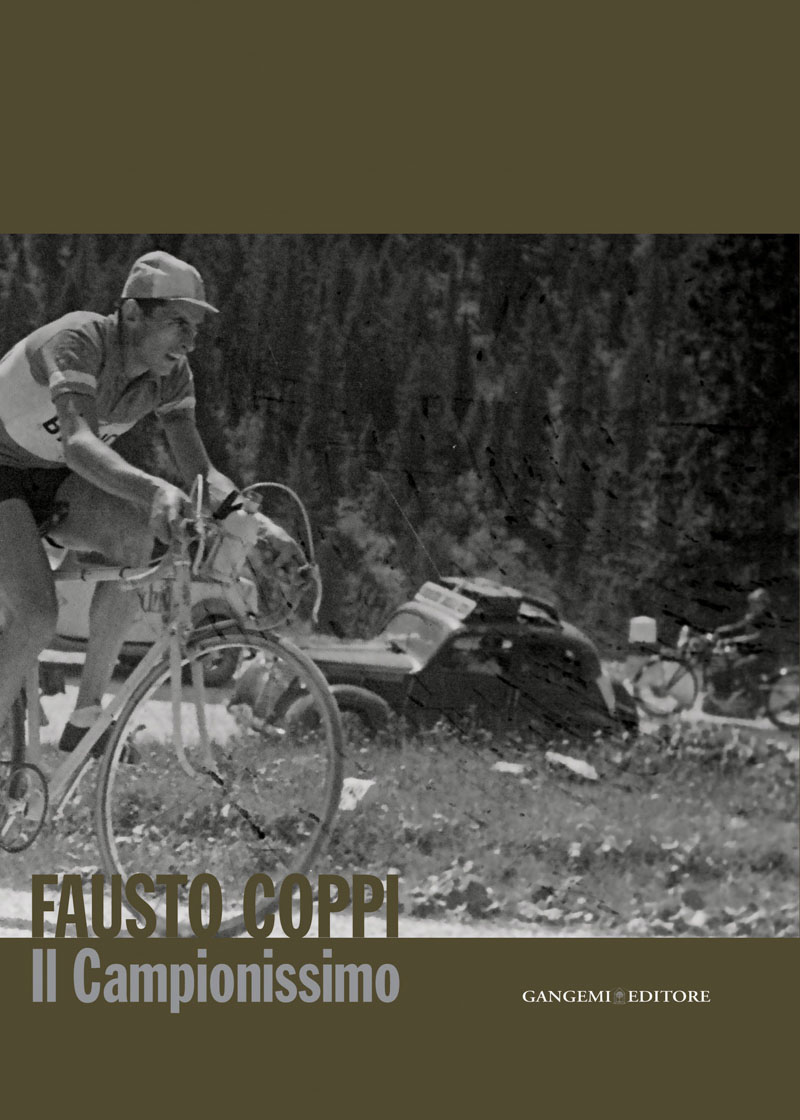Eva vs Eva. Guidebook to the exhibition
The twofold importance of the feminine in western imagery
A cura di: Bruciati Andrea, Osanna Massimo, Porro Daniela
Autori: Bertolini Davide, Colantonio Sara, D’Alessandro Lucilla, Serlorenzi Mirella, Toniolo Luana
Full English text
Formato: 14 x 24 cm
Legatura: Filorefe
Pagine: 64
Anno edizione: 2019
ISBN: 9788849237450
EAN: 9788849237450
UB. INT. : T447B V14i V41f C02
Contenuto
Exhibition in Villa d’Este Sanctuary of Hercules Victor. 10 May – 1 November 2019. Tivoli
curated by Andrea Bruciati, Massimo Osanna, Daniela Porro
This exhibition focusing on the twofold importance of the feminine in western imagery, entitled Eva vs Eva, is organised by the Istituto autonomo Villa Adriana e Villa d’Este – Villae, the Museo Nazionale Romano, and the Parco archaeologico di Pompei.
The displayed artworks, archaeological artefacts, literary and cinematographic documents ranging from antiquity to the twentieth-century genre revolution convey the anthropological and aesthetic fascination for the eternal feminine. The exhibition itinerary provides a multilevel interpretation: the series of hendiadys calibrated on “positive-negative” dichotomy sounds out the historical manifestations and interpretations of the feminine. The entire exhibition connotes and characterises the ambivalent female spirit, from a reassuring symbol of maternity to ambiguous force of nature.
The antithesis inherent in the design concept is manifest in two separate, complementary and contiguous itineraries in two different venues: the piano nobile of Villa d’Este, and the Antiquarium of the Sanctuary of Hercules Victor in Tivoli. Although the exhibition project is based on duplicity, the antithesis is only apparent: a woman’s devilish and ambiguous features are inextricably linked to her spiritual and idealised traits in order to lend depth and versatility to the female figures that history and collective imagination and interpretation have compressed into a pre-established role. The goal is to illustrate the cliché that critically and dialectically intends to overturn the stereotype.
The seductive narrations merge the divine and the human, the everyday and the extraordinary; they conjure up an endless host of young girls, heroines, monsters and other liminal creatures in a permanent narrative that becomes image or matter: Medea, Penelope, Sappho and Cleopatra, domestic intimacy and court intrigues. The exhibition is an imaginative, visual, anthropological and literary journey through the myth and history: it presents symbols that not only act as genre matrices, but can also be critically and comprehensively interpreted. Female figures in the bible and the poised faces in classical sculptures are compared with the complex story of Herodias and Salome and Lucrezia Borgia’s licentiousness and the key role she played in renaissance Italy.
While art and literature inspired the itinerary for previous ages, the catalysing medium for the short century was the film industry; it created a new imagery, emphasised the cliché behind the twofold nature of the feminine, and evolved continually until 1968 and the advent of the first political movements of liberation, defence of rights, and ensuing sexual revolution.
The exhibition proposes a reverse perspective vision; in contrast it emphasises the subordinate and apocalyptical role of women in order to reveal the stereotypes that contribute to the definition of genre – a definition which in the last fifty years has been socially and artistically subverted.
The exhibition is an opportunity to create an outstanding work platform between the institutions of the Ministry for Cultural Heritage and Activities. In the framework of the museum network promoted by the General Directorate, it provides the project with countless topics and suggestions uniquely implemented by polyphony and interconnection, thus creating an unusual itinerary in which mythological figures and historical figures are reinterpreted based on strict contemporaneity. Such specific sensitivity amplifies the universal message inherent in the museum collections of the aforementioned institutions thanks to a mediation that keeps an eye on the present, but also focuses on the future.
Parole chiave
Condividi su
